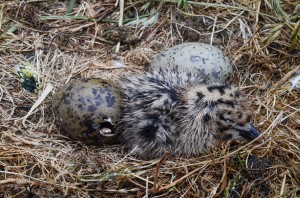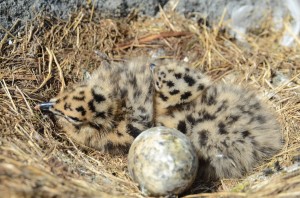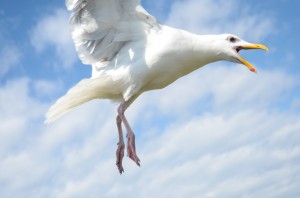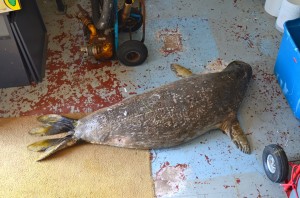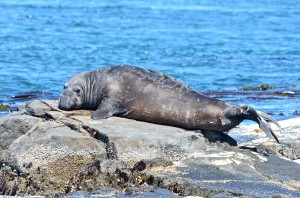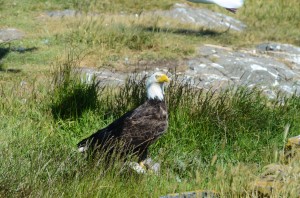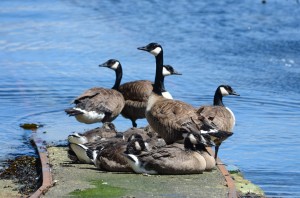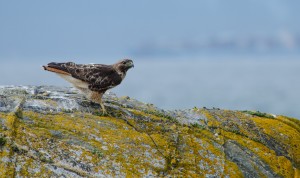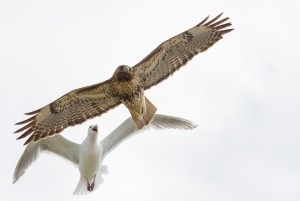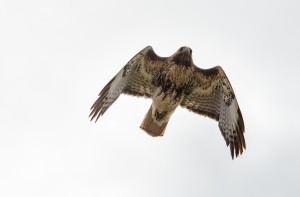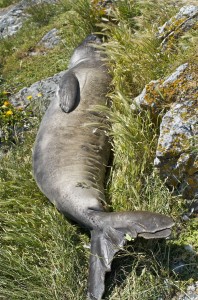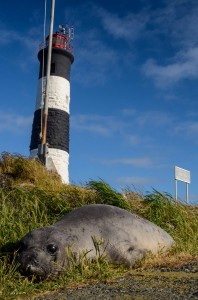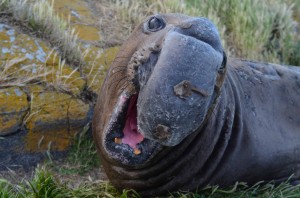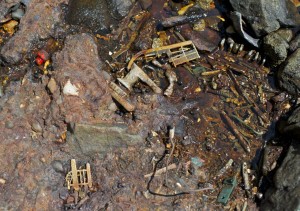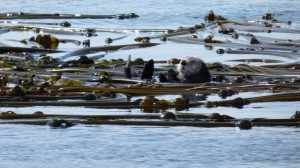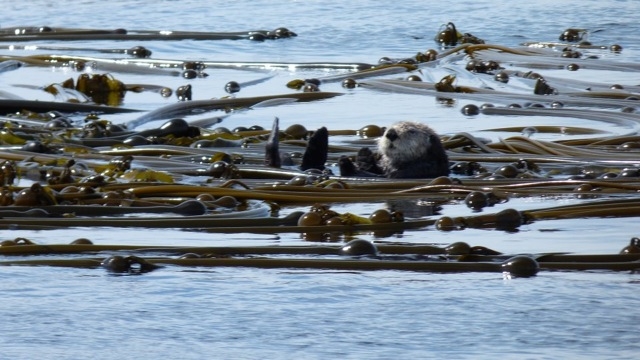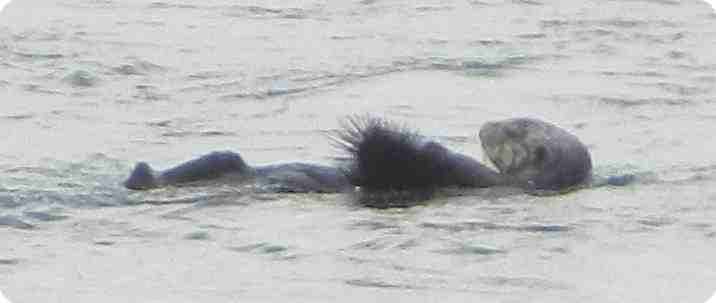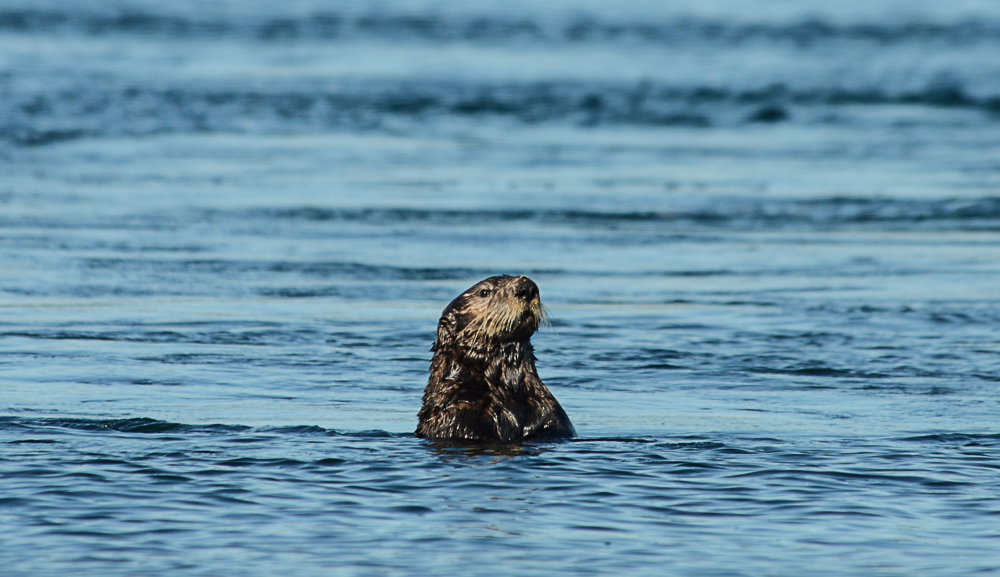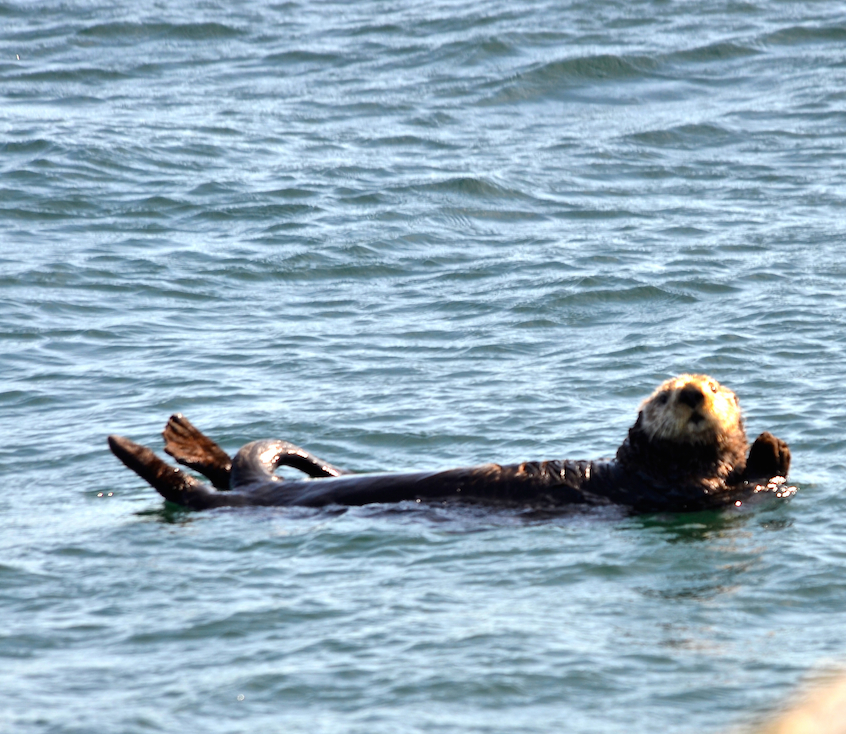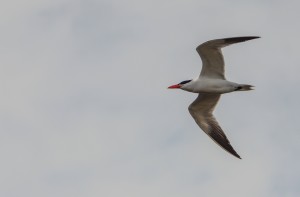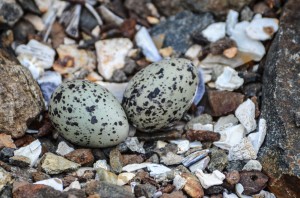I am off for the summer and Julie will be taking over, keeping a watchful eye over the animals and encouraging the public to maintain respect for the their well-being by motoring slowly within the reserve and maintaining a comfortable distance.
The big news of the last few days is the birth of numerous Glaucous-winged Gull chicks. They look adorable for the first few weeks with their leopard spots! Let’s keep our fingers crossed that the parent can find enough food for them to thrive.
These two pictures of the chicks were taken 24 hours apart. In the first you can see the egg-tooth of the emerging chick.
The Gull parents are quite protective. I have had my hat knocked off and felt their warm white rain a few times… Last night I got splashed in the eye, much to my discomfort and annoyance. I’m sure there is a poetic justice to the experience though; at least from the Gull’s perspective!

